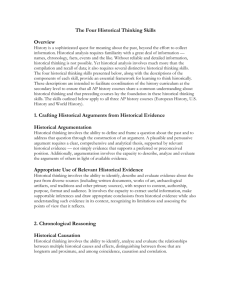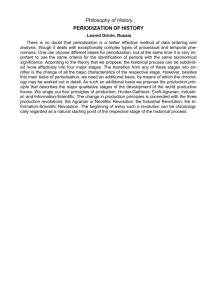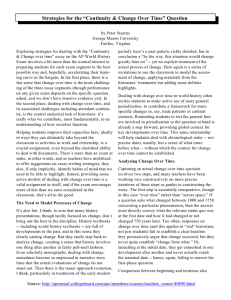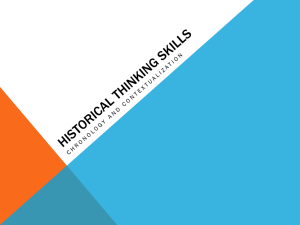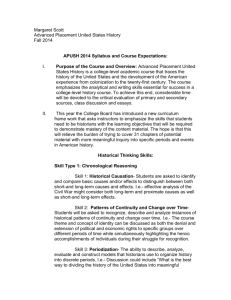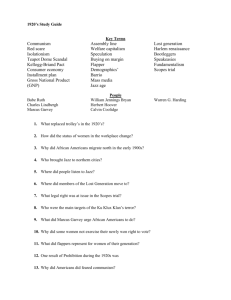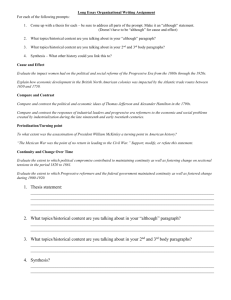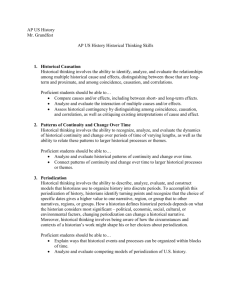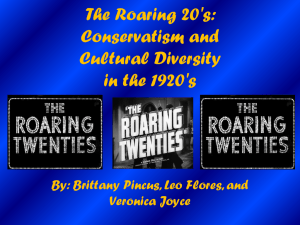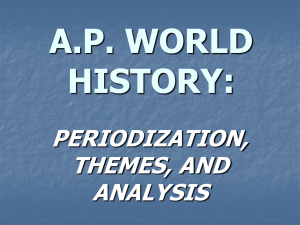Chapter 23 Guided Notes
advertisement
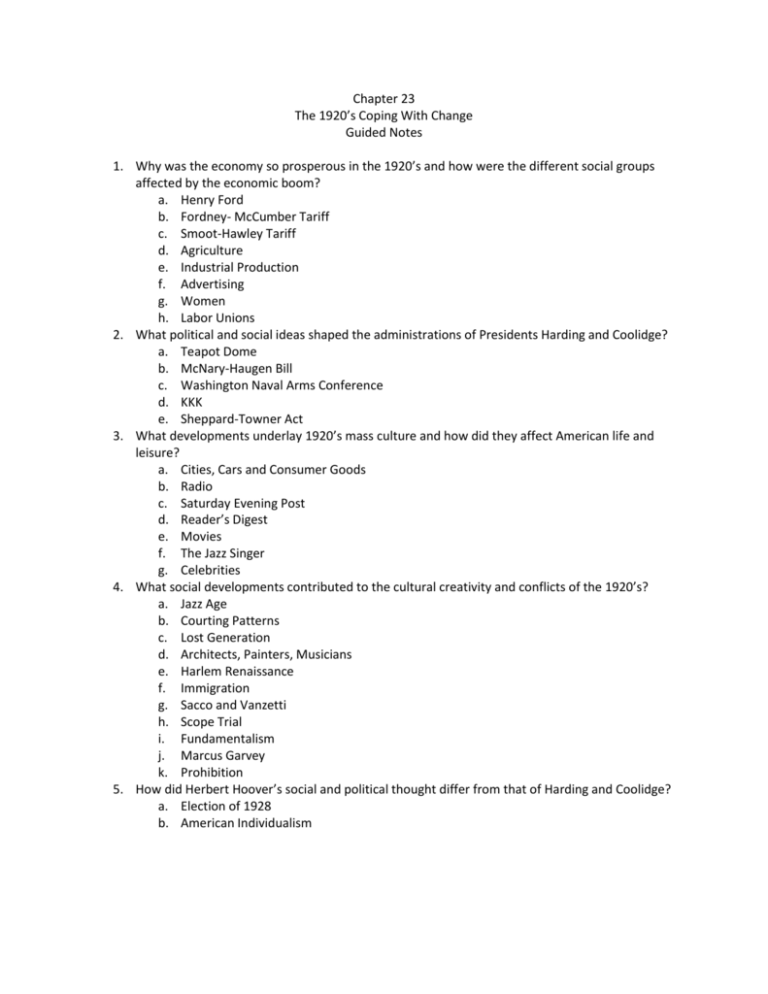
Chapter 23 The 1920’s Coping With Change Guided Notes 1. Why was the economy so prosperous in the 1920’s and how were the different social groups affected by the economic boom? a. Henry Ford b. Fordney- McCumber Tariff c. Smoot-Hawley Tariff d. Agriculture e. Industrial Production f. Advertising g. Women h. Labor Unions 2. What political and social ideas shaped the administrations of Presidents Harding and Coolidge? a. Teapot Dome b. McNary-Haugen Bill c. Washington Naval Arms Conference d. KKK e. Sheppard-Towner Act 3. What developments underlay 1920’s mass culture and how did they affect American life and leisure? a. Cities, Cars and Consumer Goods b. Radio c. Saturday Evening Post d. Reader’s Digest e. Movies f. The Jazz Singer g. Celebrities 4. What social developments contributed to the cultural creativity and conflicts of the 1920’s? a. Jazz Age b. Courting Patterns c. Lost Generation d. Architects, Painters, Musicians e. Harlem Renaissance f. Immigration g. Sacco and Vanzetti h. Scope Trial i. Fundamentalism j. Marcus Garvey k. Prohibition 5. How did Herbert Hoover’s social and political thought differ from that of Harding and Coolidge? a. Election of 1928 b. American Individualism Choose one of the following skills and write a paragraph that illustrates the Historical Causation, Patterns of Continuity and Change over time( Those things that changed because of the war and those things that stayed the same) , or Periodization of the 1920’s. Be sure to use as many of the SFI as you can in your writing. Skill 1: Historical Causation Historical thinking involves the ability to identify, analyze and evaluate the relationships between multiple historical causes and effects, distinguishing between those that are long-term and proximate, and among coincidence, causation and correlation. You should be able to… • Compare causes and/or effects, including between short term and long term effects • Analyze and evaluate the interaction of multiple causes and/or effects • Assess historical contingency by distinguishing among coincidence, causation, and correlation, as well as critiquing standard interpretations of cause and effect. Skill 2: Patterns of Continuity and Change Over Time Historical thinking involves the ability to recognize, analyze and evaluate the dynamics of historical continuity and change over periods of time of varying length, as well as relating these patterns to larger historical processes or themes. You should be able to…Analyze and evaluate historical patterns of continuity and change over time. • Connect patterns of continuity and change over time to larger historical processes or themes. Skill 3: Periodization Historical thinking involves the ability to describe, analyze, evaluate and construct models of historical periodization that historians use to categorize events into discrete blocks and to identify turning points, recognizing that the choice of specific dates gives a higher value to one narrative, region or group over another narrative, region, or group; therefore, changing the periodization can change a historical narrative. Moreover, historical thinking involves being aware of how the circumstances and contexts of a historian’s work might shape his or her choices about periodization. You should be able to… • Explain ways that historical events and processes can be arranged within blocks of time with key turning points. • Analyze and evaluate competing models of periodization of U.S. history.

